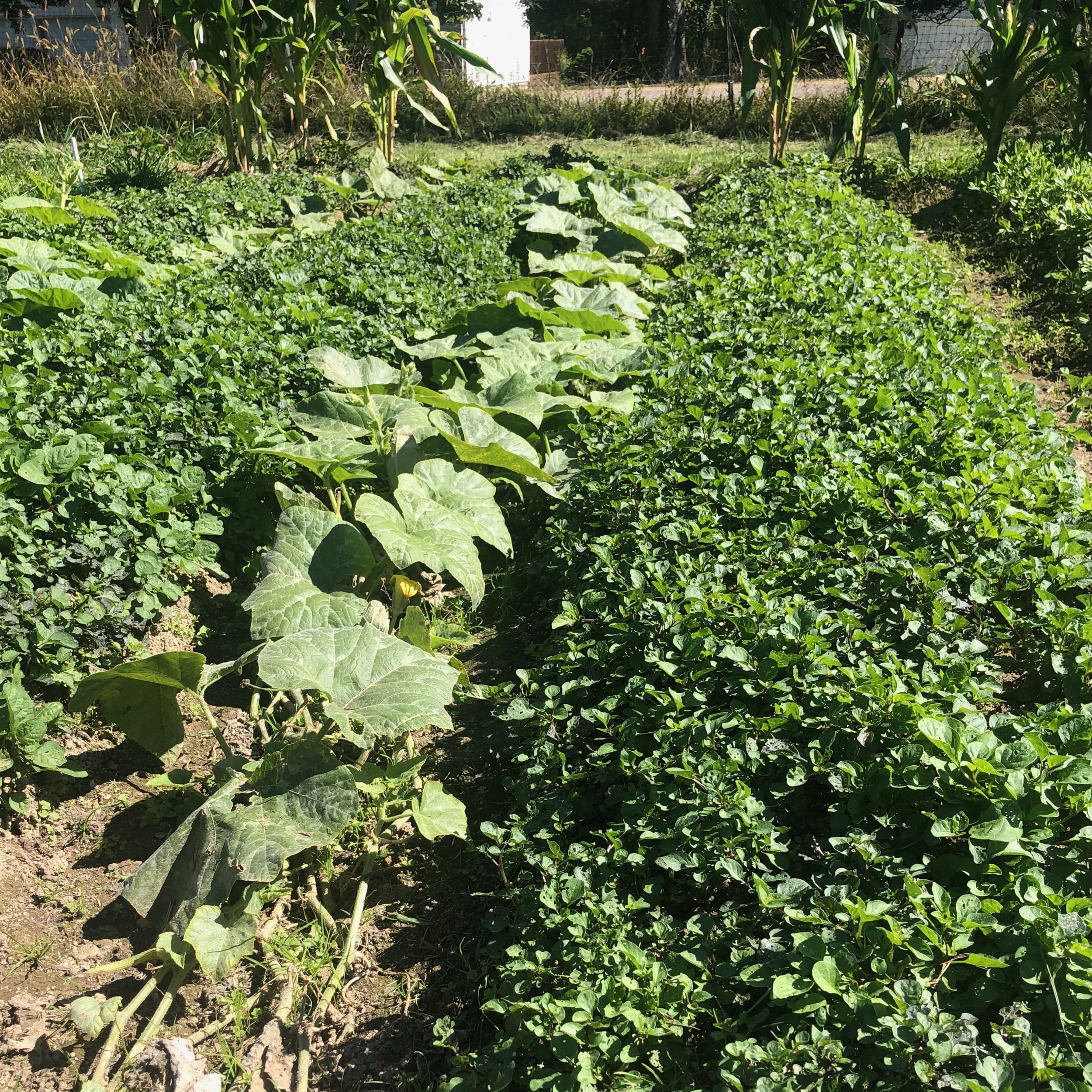Regenerative Agriculture
By Kymisha Montgomery, CGC Urban Agriculture Coordinator
Regenerative gardening is a philosophy that guides your actions in the garden. A regenerative gardener grows and protects the relationship between them and the ecosystem and recognizes that they are a part of it. Because regenerative agriculture works with nature instead of against it, it becomes more than just sustainable.
The benefits of this approach range from healthier soil to improved diversity of bird life, plants, bees and insect populations. Luckily for us, it’s nothing new! Indigenous peoples have been using these techniques for years—long before the boom of industrial agricultural practices became the rage.
There are many methods and techniques to consider when putting regenerative agriculture into practice.
Soil Health
The goal is to make your soil healthier than its current state. Planting crops using the no-till method minimizes disturbances in the soil’s community of living components. For some, that may be difficult since we are growing on land that has been mistreated for centuries. No scenario is identical, so working in the no-till method may not look the same for every gardener.
Enhanced Biodiversity
Nowhere in nature will you see just one variety of plant. Growing different crops and pollinator plants together encourages all the plants to thrive. It also is able to support a diverse range of insects, birds and other beneficial wildlife, creating a more robust ecosystem. Providing the habitat and food for predator and beneficial insects can help to naturally control the pest population in your garden, too.
Composting
Composting is one of the better-known practices of regenerative gardening. It helps regenerate the soil’s natural biodiversity while remediating compacted and/or contaminated soil. By supporting crops to become healthier, compost makes them more resistant to pest pressure and diseases.
No Pesticides and Chemicals
The goal of healthy soil is to have as much diversity and as many organisms as possible. The use of pesticides and chemicals poses an undeniable hazard to this process. Although they may be used to rid your plants of unwanted pests and diseases, you have to think of the ecosystem and the microscopic participants in that system before you reach for a chemical. Making sure the soil is healthy can help reduce the need for potentially harmful substances. Because most pests like unhealthy plants, the bottom line is that healthy soil makes for healthy plants!

